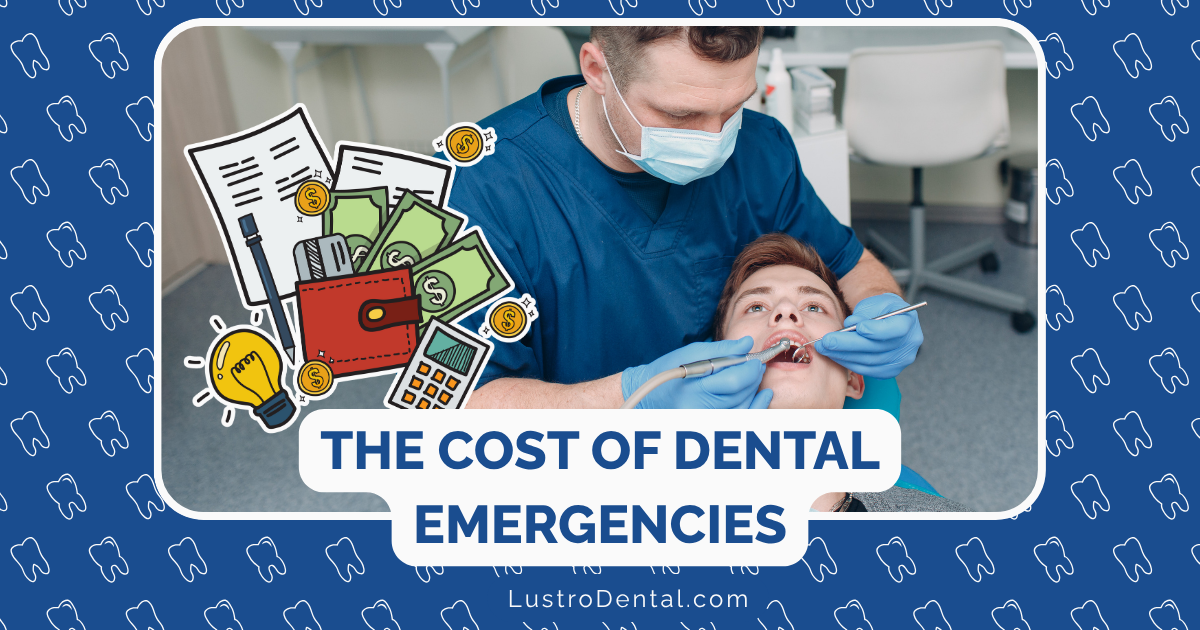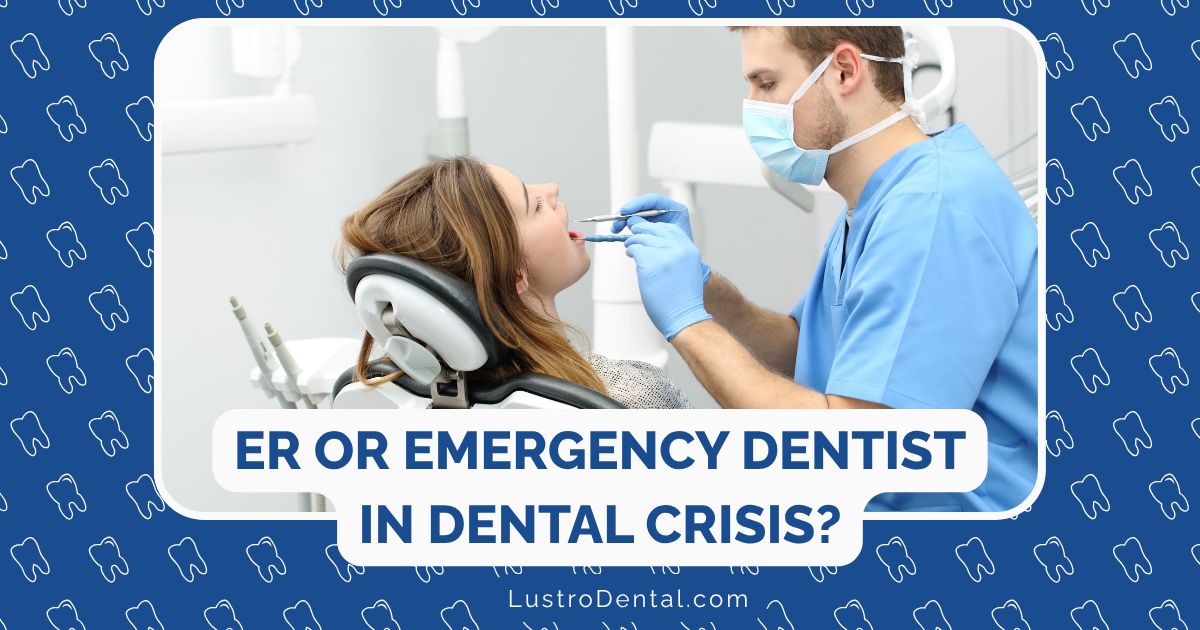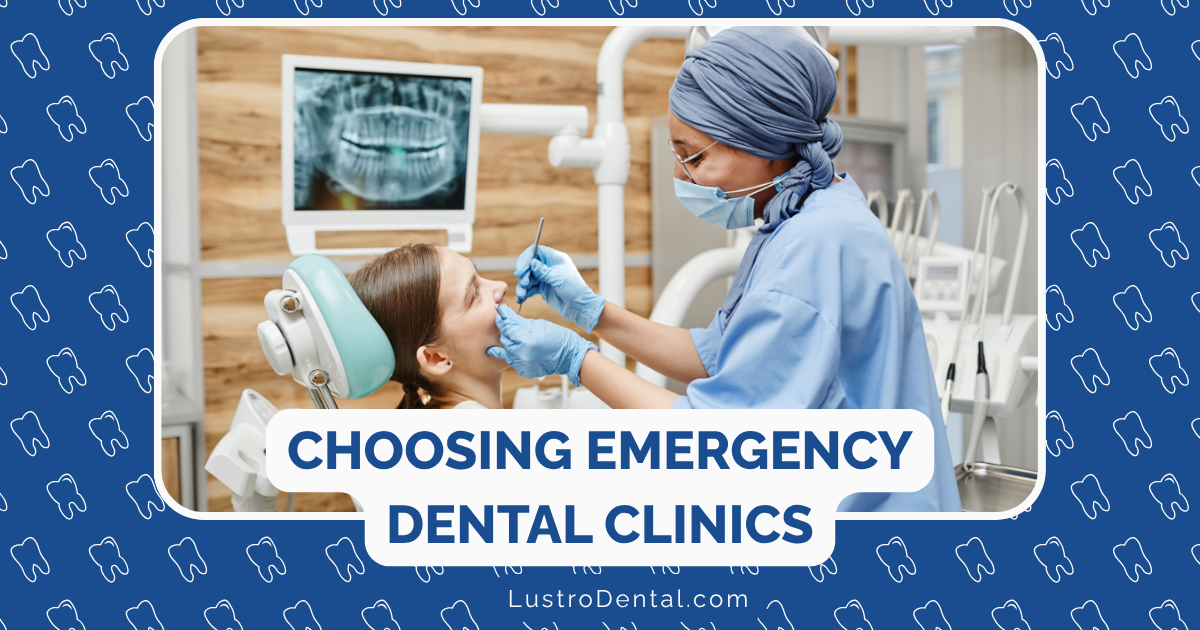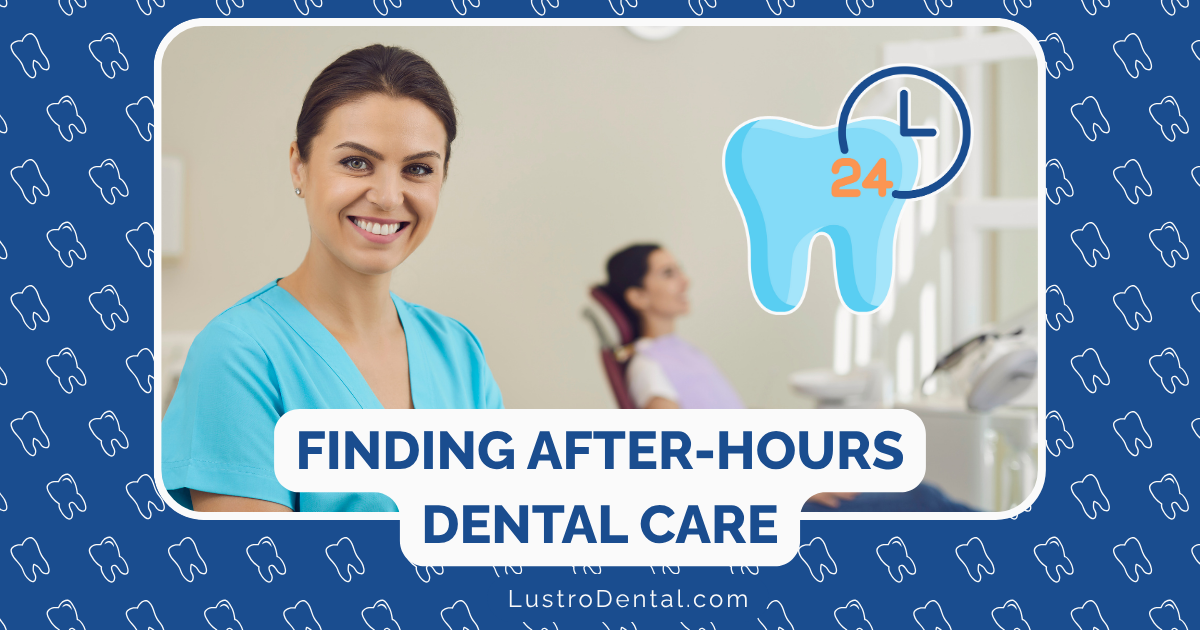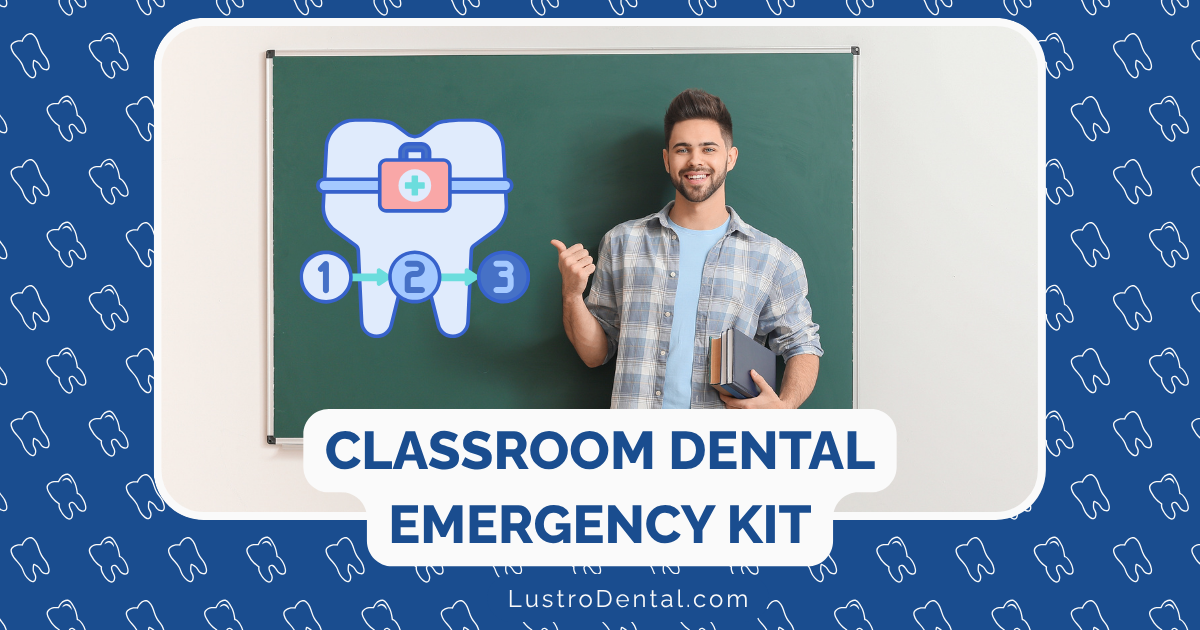Digital Dental Emergency Resources: Apps and Teledentistry Options
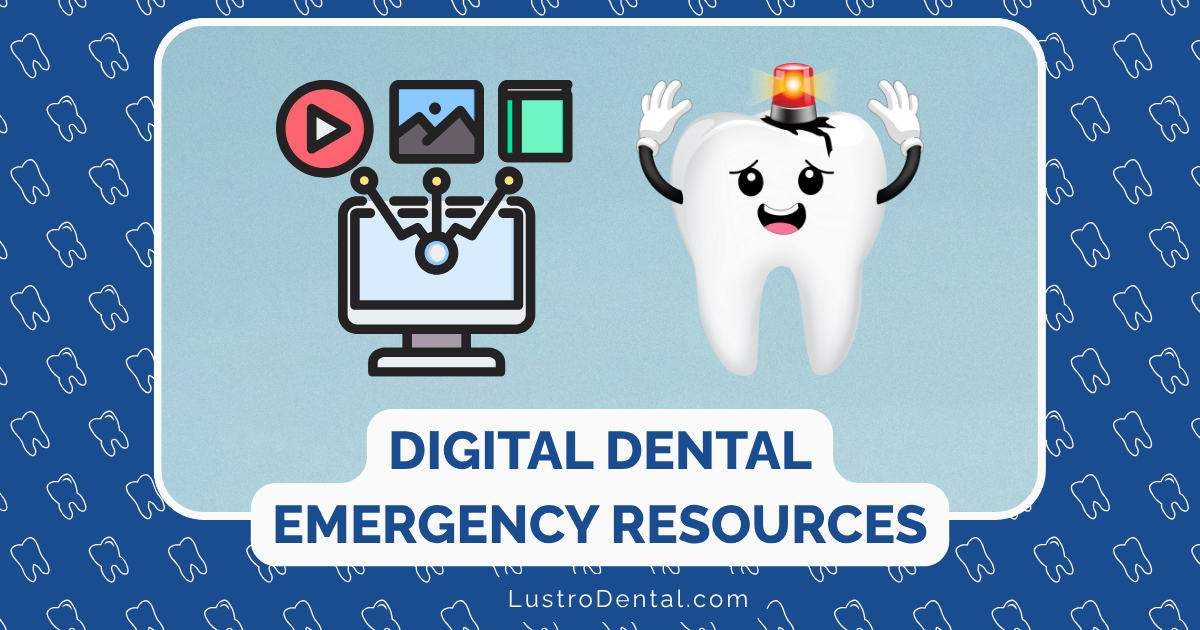
It’s 11 PM on a Friday night, and you’re experiencing throbbing tooth pain that’s only getting worse. The dental office is closed until Monday, and you’re wondering if this warrants an expensive emergency room visit or if it can wait. Sound familiar?
Dental emergencies rarely happen at convenient times. Whether it’s a cracked tooth during a weekend getaway, a lost filling before an important presentation, or severe pain striking in the middle of the night, the anxiety and uncertainty can be overwhelming.
Fortunately, digital technology has transformed how we access dental care during emergencies. From specialized mobile apps to comprehensive teledentistry platforms, these digital resources are revolutionizing emergency dental care by providing immediate guidance, preliminary assessments, and in some cases, temporary solutions until you can see a dentist in person.
As someone who’s spent years helping patients navigate dental emergencies, I’ve seen firsthand how these digital tools can provide relief, reduce anxiety, and sometimes even save teeth. Let’s explore the world of digital dental emergency resources and how they can help you when traditional care isn’t immediately available.
Understanding Teledentistry: Virtual Dental Care at Your Fingertips
Teledentistry refers to the use of information technology and telecommunications for dental care, consultation, education, and public awareness. It’s essentially the dental equivalent of telehealth, allowing patients to connect with dental professionals remotely.
How Teledentistry Works
Most teledentistry platforms operate through:
- Video consultations: Real-time video calls with licensed dentists
- Store-and-forward technology: Sharing photos and information for assessment
- Remote monitoring: Tracking ongoing conditions or recovery
- Mobile health applications: Apps designed specifically for dental concerns
Dr. Lisa Johnson, teledentistry specialist at the American Teledentistry Association, explains: “Teledentistry isn’t meant to replace traditional dental visits, but rather to complement them. It serves as a critical bridge during emergencies, providing professional guidance when immediate in-person care isn’t available.”
Top Teledentistry Platforms for Dental Emergencies
Several platforms have emerged as leaders in the teledentistry space, each with unique features and benefits:
1. The TeleDentists
Key Features:
- 24/7 availability
- Nationwide network of licensed dentists
- Integration with dental insurance
- Prescription capabilities when appropriate
- Referrals to local dentists for follow-up care
How It Works: Patients connect via video consultation through their website or mobile app. After assessment, dentists provide guidance, prescriptions if needed, and referrals to local providers for in-person care.
Cost: $69 per consultation, with some insurance plans providing coverage.
Best For: Middle-of-the-night emergencies and immediate pain management guidance.
2. Denteractive
Key Features:
- On-demand and scheduled consultations
- Secure messaging with dentists
- Digital dental records storage
- Dentist directory for follow-up care
- HIPAA-compliant platform
How It Works: Users can search for dentists by specialty, location, and availability, then connect through video, audio, or messaging.
Cost: Varies by provider, typically $25-75 per consultation.
Best For: Those seeking ongoing relationships with specific dentists for both emergency and routine care.
3. Dentulu
Key Features:
- AI-powered preliminary assessment
- Hospital emergency room integration
- Multi-language support
- Dental professional marketplace
- Mobile dental office coordination
How It Works: The app uses artificial intelligence to gather initial information before connecting patients with appropriate dental professionals.
Cost: Subscription options available, with pay-per-use starting at $59.
Best For: Comprehensive care coordination and those needing multilingual support.
4. LiveDentist
Key Features:
- Quick connection times (often under 5 minutes)
- Simplified user interface
- Electronic prescriptions
- Treatment plan development
- Insurance verification
How It Works: Users answer a few questions about their emergency, then connect with the next available dentist for immediate consultation.
Cost: $79 per consultation, with subscription options available.
Best For: Those seeking the fastest possible connection to a dental professional.
Specialized Dental Emergency Apps
Beyond full teledentistry platforms, several mobile applications focus specifically on dental emergencies:
1. Dental Emergency App
Key Features:
- Step-by-step emergency guides
- GPS-based dentist locator
- First aid instructions with images
- Emergency preparation checklists
- Offline functionality
How It Works: This app provides immediate guidance for specific dental emergencies without requiring an internet connection, making it valuable in all situations.
Cost: Free with optional premium features ($4.99).
Best For: Self-guided emergency management when professional consultation isn’t immediately available.
2. ToothSOS
Key Features:
- Visual symptom checker
- Emergency dentist locator
- Pain management guidance
- Photo documentation tools
- Emergency contact storage
How It Works: Users identify their symptoms through an interactive guide, receiving customized first aid instructions and help finding nearby emergency dental providers.
Cost: Free basic version, $3.99 for premium features.
Best For: Initial assessment and documentation of dental emergencies.
3. Dental Trauma Guide
Key Features:
- Evidence-based treatment protocols
- Detailed guides for specific injuries
- Follow-up care instructions
- Professional terminology explanation
- Regular updates based on latest research
How It Works: Originally designed for dental professionals but accessible to patients, this app provides comprehensive guidance for traumatic dental injuries.
Cost: $14.99 (one-time purchase).
Best For: Serious dental trauma situations like knocked-out or fractured teeth.
According to Dr. Michael Roberts, emergency dental specialist at Digital Dental Solutions, “Having a dental emergency app already downloaded on your phone before an emergency occurs can make a significant difference in outcomes. The guidance these apps provide in those critical first minutes often determines whether a tooth can be saved.”
Benefits of Digital Dental Emergency Resources
These digital tools offer numerous advantages during dental emergencies:
1. Immediate Access to Professional Guidance
Perhaps the most significant benefit is the ability to connect with a dental professional within minutes, regardless of time or location. This immediate access can provide:
- Professional assessment of the severity of your situation
- Guidance on whether emergency in-person care is needed
- Specific instructions for managing your particular emergency
- Peace of mind from speaking with a qualified professional
2. Pain Management and First Aid Guidance
Digital resources can provide specific instructions for managing pain and preventing further damage:
- Appropriate use of over-the-counter pain medications
- Proper techniques for temporary measures (such as reimplanting knocked-out teeth)
- Guidance on applying cold compresses or other first aid measures
- Warnings about potentially harmful home remedies to avoid
3. Reduced Unnecessary Emergency Room Visits
Studies published in the Journal of Telemedicine and Telecare indicate that up to 79% of dental-related emergency room visits could be better handled in dental offices or through teledentistry.
Digital dental resources help:
- Determine whether hospital care is actually needed
- Redirect patients to appropriate dental care settings
- Provide temporary management until dental offices open
- Reduce healthcare costs associated with inappropriate ER use
4. Accessibility for Underserved Populations
Digital solutions help bridge the gap for those with limited access to dental care:
- Rural communities with few dental providers
- Individuals with mobility challenges
- Those without dental insurance
- People with dental anxiety who avoid in-person visits
5. Documentation for Insurance and Follow-up Care
Many platforms allow you to:
- Document your condition with photos
- Create records of the emergency and advice received
- Share information directly with your regular dentist
- Provide evidence for insurance claims
Limitations and Considerations
While digital dental resources offer valuable assistance during emergencies, it’s important to understand their limitations:
1. Cannot Replace Physical Examination
The most significant limitation is the inability to perform hands-on examination:
- X-rays cannot be taken remotely
- Dentists cannot physically probe or test teeth
- Some conditions may look similar but require different treatments
- Subtle signs visible only in person might be missed
2. Treatment Limitations
Virtual consultations cannot provide:
- Actual dental procedures (fillings, extractions, etc.)
- Local anesthesia for pain control
- Physical interventions like drainage of abscesses
- Comprehensive testing for complex conditions
3. Technology Barriers
Digital solutions require:
- Reliable internet connection
- Compatible devices (smartphone, tablet, or computer)
- Basic technological literacy
- Adequate lighting and camera quality for assessment
4. Insurance and Cost Considerations
While often more affordable than emergency dental visits, there are financial considerations:
- Not all dental insurance plans cover teledentistry
- Out-of-pocket costs vary by platform
- Multiple consultations may be needed for ongoing issues
- Follow-up in-person care will incur additional costs
Dr. Amanda Chen, dental policy expert at the Digital Health Association, advises: “Always check with your dental insurance provider about teledentistry coverage. Many plans have added this benefit, especially since the pandemic, but coverage varies widely. Some may cover the full consultation, while others might provide partial reimbursement.”
When to Use Digital Resources vs. Seeking Immediate In-Person Care
Understanding when digital resources are appropriate is crucial:
Appropriate for Digital Consultation:
- Mild to moderate tooth pain without swelling
- Minor chips or cracks without severe pain
- Lost fillings or crowns (if you have the crown)
- Questions about post-procedure symptoms
- Orthodontic issues like poking wires
- Initial assessment of any dental concern
Requires Immediate In-Person Emergency Care:
- Severe pain not manageable with over-the-counter medication
- Significant facial swelling or swelling that affects breathing
- Bleeding that doesn’t stop after applying pressure
- Traumatic injuries with multiple damaged teeth
- Jaw fractures or dislocations
- Signs of infection with fever
How to Prepare for Digital Dental Consultations
To get the most from a virtual dental consultation, preparation is key:
1. Technical Preparation
- Test your device’s camera and microphone beforehand
- Ensure good internet connectivity
- Download any required apps in advance
- Charge your device or have it plugged in
2. Information Gathering
- Make notes about your symptoms (when they started, what makes them better/worse)
- Have your dental history ready (previous treatments, known conditions)
- Prepare a list of medications you’re taking
- Have your insurance information available
3. Environmental Setup
- Find a well-lit area (natural light is best)
- Use a flashlight if needed for intraoral visibility
- Have someone available to help take photos if possible
- Minimize background noise and distractions
4. Helpful Tools
- Small mirror to show hard-to-see areas
- Flashlight for better visibility
- Clean cloth or gauze to dry areas if needed
- Ruler or coin for size reference in photos
The Future of Digital Dental Emergency Care
The field of digital dental care is rapidly evolving, with several exciting developments on the horizon:
1. AI-Enhanced Diagnostics
Artificial intelligence is increasingly being integrated into dental apps to:
- Pre-screen conditions based on photos and symptoms
- Suggest potential diagnoses for dentist verification
- Track changes in conditions over time
- Identify patterns that might indicate underlying issues
2. Home Diagnostic Tools
Several companies are developing at-home diagnostic tools that can:
- Capture professional-quality intraoral images
- Detect temperature differences indicating inflammation
- Monitor gum health through specialized sensors
- Provide data directly to dental professionals
3. Integration with Smart Devices
The next generation of dental apps will likely integrate with:
- Smartwatches for symptom monitoring
- Smart toothbrushes that detect potential issues
- Home health hubs for comprehensive care
- Electronic health records for seamless information sharing
4. Expanded Insurance Coverage
As teledentistry proves its value:
- More insurance companies are adding coverage
- Employers are including teledentistry in benefits packages
- Government programs are exploring reimbursement options
- Cost-effectiveness studies are demonstrating long-term savings
Real-World Success Stories
The impact of digital dental resources is best illustrated through actual cases:
Case Study: Weekend Camping Trip Emergency During a remote camping trip, 34-year-old Mark experienced severe pain from a cracked molar. Using the Dental Emergency App’s offline guidance, he was able to apply appropriate first aid. The next morning, he found cell service and connected with a dentist through The TeleDentists, who prescribed appropriate pain medication and antibiotics at a nearby pharmacy, allowing him to continue his trip comfortably until he could see his regular dentist.
Case Study: Middle-of-the-Night Pediatric Emergency When 7-year-old Sophia knocked out a permanent front tooth at 1 AM, her parents used the ToothSOS app to learn the proper handling and storage of the tooth. They then connected with a pediatric dentist through Denteractive, who guided them through temporary reimplantation and arranged an emergency appointment first thing in the morning. The tooth was saved due to the proper immediate care.
Case Study: Business Trip Dental Crisis Executive Sarah lost a crown during a presentation in another city. Using Dentulu, she connected with a local dentist who provided guidance on temporary measures and was able to see her between scheduled patients that same day, saving her from having to cut her business trip short.
Creating Your Digital Dental Emergency Plan
Being prepared before an emergency strikes is the best approach:
- Research and download appropriate dental emergency apps now, before you need them
- Create accounts on one or two teledentistry platforms that match your needs
- Verify insurance coverage for virtual dental consultations
- Save emergency contact information for your regular dentist
- Prepare a basic dental first aid kit to complement digital resources
- Discuss teledentistry options with your regular dentist
- Consider family needs, especially if you have children or seniors in your household
Conclusion: Embracing Digital Solutions for Dental Emergencies
Digital dental emergency resources represent a significant advancement in oral healthcare accessibility. While they cannot replace hands-on dental treatment, these tools provide crucial guidance, assessment, and peace of mind during dental emergencies when traditional care isn’t immediately available.
By understanding the capabilities and limitations of teledentistry platforms and dental emergency apps, you can make informed decisions about when and how to use these resources effectively. Having these digital tools at your fingertips—literally—can make the difference between saving or losing a tooth, suffering through unnecessary pain, or finding relief.
As technology continues to advance, we can expect even more sophisticated digital dental solutions that further bridge the gap between virtual and in-person care. For now, incorporating these existing resources into your dental health strategy provides an invaluable safety net for those inevitable moments when dental emergencies strike at the most inconvenient times.
Have you ever used a dental app or teledentistry service during an emergency? What was your experience? Share your story in the comments below to help others prepare for their own dental emergencies.


